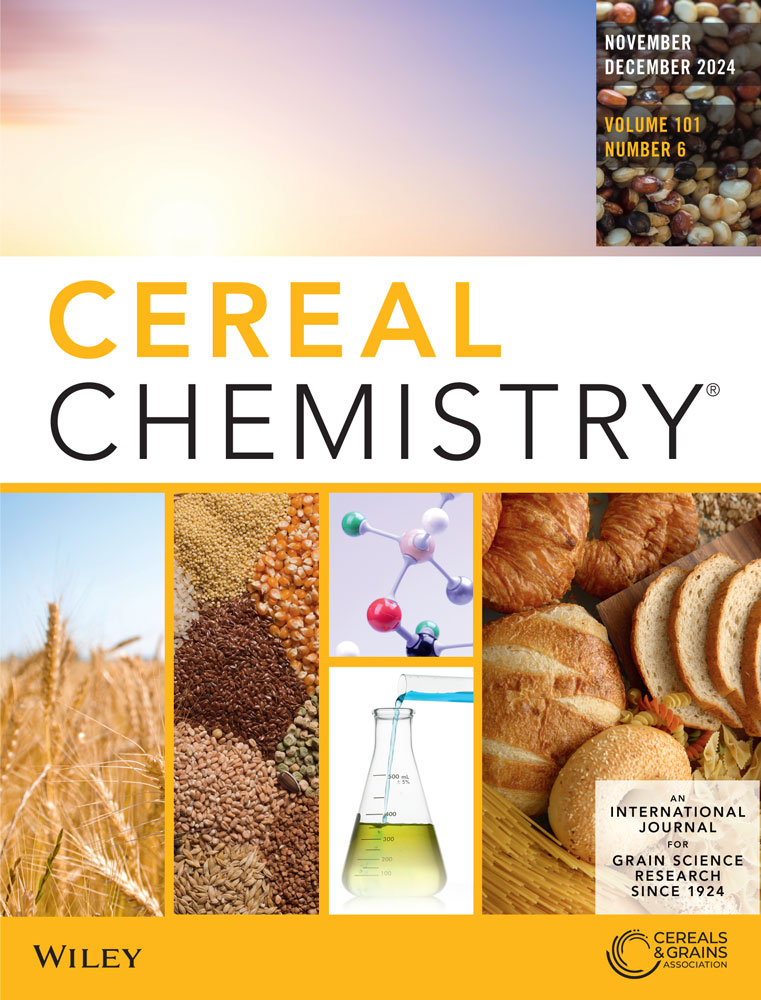Effect of Pre- and Post-Milling Processing Techniques on the Physico-Chemical, Functional, and Pasting Properties of Sorghum
Abstract
Background and Objectives
The study aims to assess the influence of pre-milling techniques such as germination (GT) and hydrothermal treatment (HTT), as well as post-milling processes, including flour particle size, on milling outcomes, and to examine their nutritional and functional attributes of sorghum grain. The study aims to assess the influence of pre-milling techniques such as GT and HTT, as well as post-milling processes, including flour particle size, on milling outcomes, and to examine their nutritional and functional attributes of sorghum grain were investigated.
Results
Milling fractionation revealed a higher yield of finer fractions in GT (63.60%) and coarser fractions in HTT (27.80%). Nutritional components like fat, protein, and minerals were predominantly found in the finer fractions across all treatments. HTT demonstrated superior water-holding capacity and lower oil-holding capacity compared to GT. GT fractions exhibited a higher solubility index and lower gelation capacity (14%). Pasting properties, including peak viscosity, hot paste viscosity, and cold paste viscosity, were notably enhanced in finer fractions.
Conclusions
The proposed study revealed that germination and HTTs effectively alter the physical, chemical, and functional properties of sorghum grains. These treatments modified the structural integrity of sorghum grains and influenced their milling efficiency and yield. Sorghum fractionation based on processing and particle size generates specific nutrient-rich fractions with distinct functionalities, offering the potential for the development of innovative functional food products.

 求助内容:
求助内容: 应助结果提醒方式:
应助结果提醒方式:


